
4 minute read
FEATURE
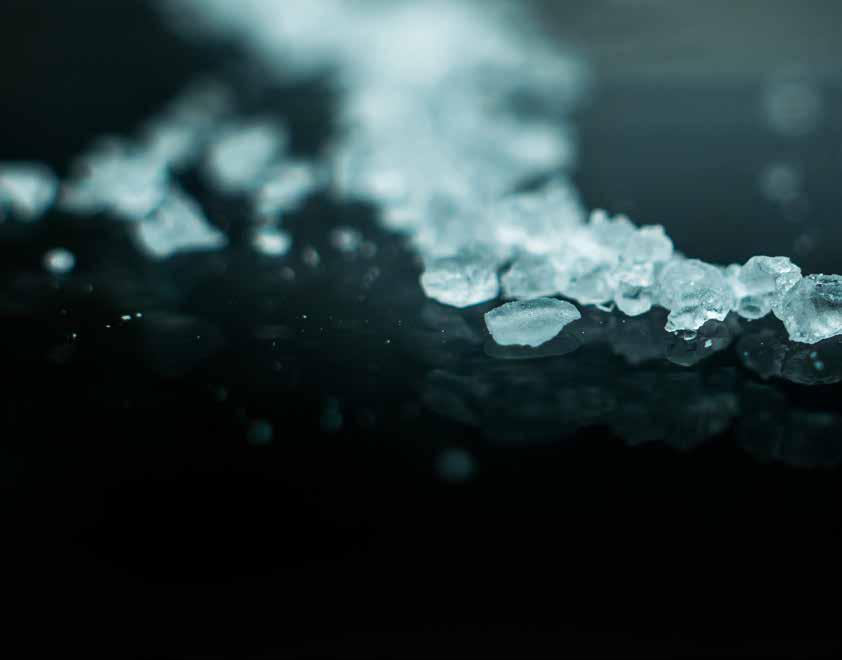

We all know that the cross border movement of people, goods, and craft happen at international airports, ports, and marinas. But beyond the border, have you considered that storage sites can, and are, being exploited as part of an illicit supply chain to facilitate smuggling?
The New Zealand Customs Service maintains a close relationship with the Self Storage Association of Australasia as part of its industry network. It has an outreach program to raise awareness amongst its members about this risk to its members and the public in being unwittingly drawn into serious criminal offending.
This is an internationally known trend, not just relating to New Zealand and Australia.
Bruce Berry, NZ Customs Manager Investigations, said that several recent investigations, for both smuggled illegal drugs and tobacco led his team to storage units that were utilised to store the importation and packaging for further domestic distribution.
NZ Customs’ biggest tobacco investigation in late 2018 led to over 1.3 million cigarettes located at numerous storage units, along with bags containing millions of dollars of cash. Similarly, some of New Zealand’s largest drug seizures in 2019 – 469 kg methamphetamine in electric motors, 110 kg methamphetamine in golf cart batteries, and up to 100kg methamphetamine in plastic pallets – all had links in the use of storage sites.
“What we’re seeing is that storage sites are being manipulated by transnational criminal syndicates as part of their modus operandi in staging the storage and deconstruction of some very sophisticated concealments containing illicit goods smuggled in the country. There’s a genuine need for storage unit owners and operators to be aware of this and be on the lookout.
“As the owner or operator of a storage unit, you will know best what is normal and what seems out of the ordinary. We’ve spoken to storage unit operators following investigations, and often hear them acknowledge that some things just hadn’t seemed right from the start. My message is – if it feels suspicious – get in touch with authorities as soon as possible,” Mr. Berry says.
One indicator alone does not indicate illegal activity, but a combination may mean authorities want to take a closer look and make assessments.
“It is important that you do not become involved yourself. Share with us as much detail as possible, such as about the people, vehicles or shipping containers if known – and let us do the intelligence work in the background to assess the risk further. Often we can work in the background and see things that may not be apparent. Any information received will be confidential and your privacy will be protected.”
“Even if you’ve not become aware or suspicious until after the unit has been vacated, we still want to know so we can use this to build on our intelligence,
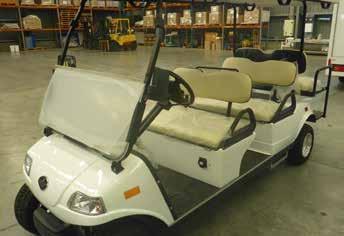
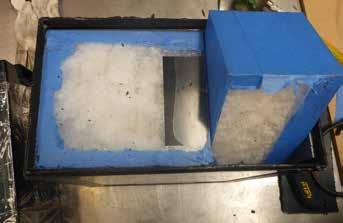
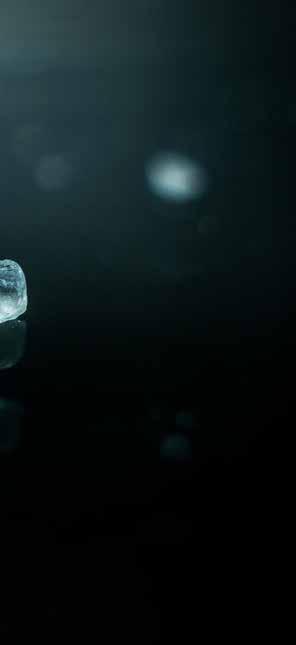
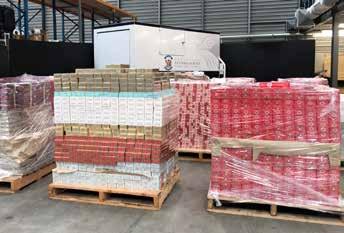
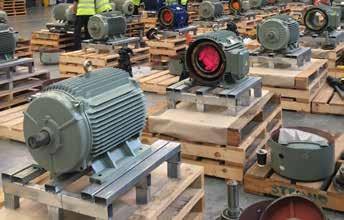
EXAMPLES OF UNUSUAL OR SUSPICIOUS ACTIVITY
l Large sums of cash paid for hiring a shed with no haggling or questions asked. l An over emphasis on security by the hirer. l A request for unrestricted access at night. l Unpacking and packing of goods obscured from public view or at strange times of the day or night. l Unfamiliarity with storage or business processes for storing commercial goods. l Not a resident of New Zealand or reluctance to provide ID straight away. l Nervous disposition and an inconsistent explanation of use of a shed. l Discarding large amounts of unusual packaging, broken down goods or tools. l Unusual loading or unloading activity. l Strong chemical or other unusual odours from the storage shed. and might even be able to track them down. Your tip could be that part of a puzzle that we’d been looking for.”
“One example is an individual who had hired the storage unit decided to leave behind a ‘gifted’ pallet truck worth several thousand dollars. Other times, we may find evidence such as drills, electric saws or other tools, which suggest they were used to deconstruct the goods and extract the drugs.” Mr Berry says.
In a recent example, NZ Customs inquiries identified several storage units that were used by one group over an extended period. By analysing how they operated enabled a trap to be set to catch the next one in the act – preventing millions of dollars of drugs entering New Zealand’s society.
Mr. Berry notes that sometimes the items that were used to hide the drugs will also be left behind. This could be anything from machinery to picture frames to electrical appliances – that list could go on.
“The point is if it makes you wonder why these abandoned or destroyed goods are in your storage unit to begin with, get in touch with us.”
He adds in a more sinister and dangerous twist; there is often the residue of drug contamination inside the unit that owners and operators must be cautious about.
“It’s not uncommon for the discarded packaging, and resulting mess from extracting the drugs is left for the storage unit owners to clean up. Some drugs, particularly in the high purity form we see at the border, can be incredibly dangerous.” l
Top left: Golf cart NZ Customs. Bottom left: Meth in golf cart batteries 2019. Top right: Eleven pellets of cigarettes NZ Customs. Bottom right: Meth in electric motors NZ Customs.
BORDER WATCH 1800 06 1800
Help protect Australia’s border
To contact NZ Customs call: 0800 428 786 (from New Zealand) 1 800 301 861 (from Australia) +64 9 927 8036 (from overseas)










